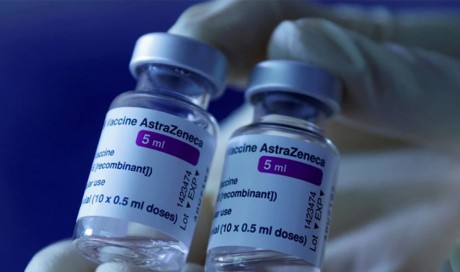Believe in yourself
As well as being physically, mentally and socially active, people who reach old age have a high level of what’s called ‘self efficacy’. Self efficacy is a blend of self belief and confidence, and studies show that it is a major distinguishing trait in centenarians. Researchers reported that the older centenarians become, the more they make decisions on the basis of what they believe as opposed to what others expect. They place responsibility for their health with themselves and not their doctors. People with high self efficacy tend to see problems as challenges to be met, setbacks as a reason to double their efforts and failure as a learning experience for next time. Albert Bandura, the psychologist who created the concept of self efficacy, points out that while many of our physical capacities decrease as we grow older — forcing us to reappraise our capacity for certain activities — the gains in knowledge, skills, and expertise compensate. ‘When the elderly are taught to use their intellectual capabilities, their improvement in mental function more than offsets the average decrement in performance over two decades,’ he says.
Stretch and strengthen

Everyone knows about osteoporosis — the loss of bone density that sets in as our skeletons get older and less active. But a similar disease, sarcopenia, affects your muscles as you grow older. Between 30 and 80, 15 per cent of muscle mass is lost (and with it go strength and tone). But is the loss due simply to advancing years or declining levels of activity? In one study, published in the International Journal of Sports Medicine, 70-year-olds who had lifted weights regularly for more than 10 years had as much muscle as 28-year-olds! Adding a couple of strength training sessions to your weekly regime is a wise move if you want to preserve your muscle mass. Flexibility also begins to deteriorate with age as connective tissues stiffen, muscles shorten and joints become drier as synovial fluid dries up. While you might not care about touching your toes, not being able to do up your bra strap or bend down to tie your shoe laces soon can dent your independence! Regular mobilizing and stretching (and it’s never too early to start) can help to reduce the effects of aging on joints and muscles.
Protect your skin
There are two factors affecting the way we age: intrinsic factors — caused by the genes we inherit — and extrinsic (external or environmental) factors, such as exposure to the sun’s rays and cigarette smoking. This is the area that you can take action in. If you smoke, stop — and if you don’t wear a sun protection factor on your skin, start! Without protection from the sun’s rays, daily exposure can add up to cause noticeable changes and damage to the skin, such as freckles, age spots, spider veins and fine wrinkles. Also, a 2002 study showed that facial wrinkles not yet visible to the naked eye could be seen under a microscope in smokers as young as 20. Cigarette smoking causes biochemical changes in our bodies that accelerate aging. A person who smokes 10 or more cigarettes a day for a minimum of 10 years is statistically more likely to develop deeply wrinkled, leathery skin than a non-smoker.
Share This Post











